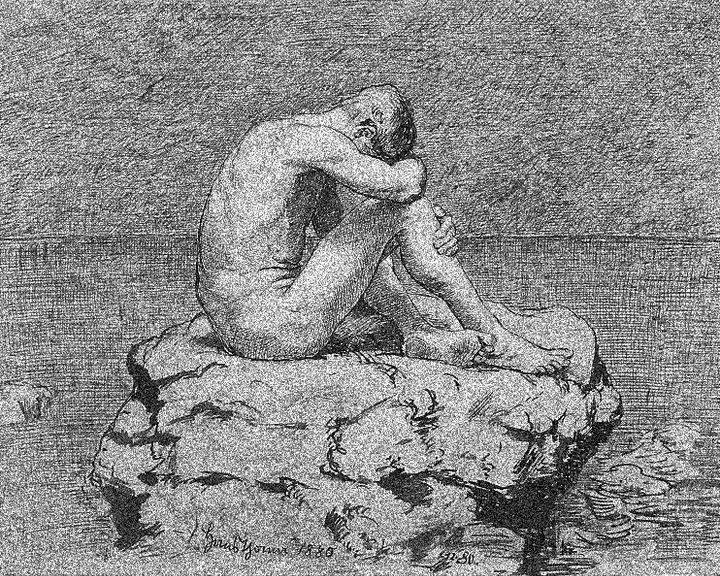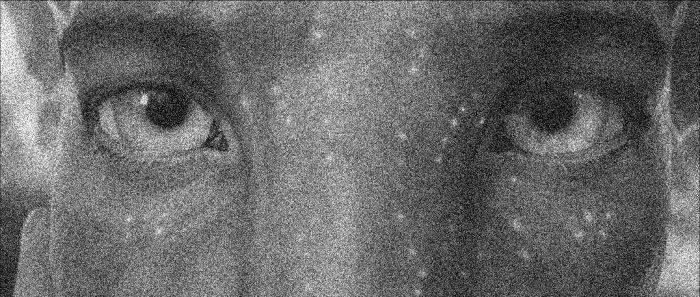In Praise of the Berenstains
By the standards of most children’s books today, the Berenstains' series is an absolutely audacious project.

The Berenstain Bears are always simple and formulaic: the cubs go to the doctor or the dentist, and learn that it’s not that bad; their room is a mess, and they figure out how to keep it cleaner; they visit their grandparents, and find out that old people can be fun. The beginning always offers some charming foreshadowing of the end, the drama (insofar as that word applies) is effortlessly relatable, and the moral is uncomplicated and immediately digestible.
The seeming unremarkableness of these books veils what is a truly rare accomplishment for children’s literature: the Berenstain Bears are written by adults for children. There are at least three components to this feat. (In what follows, I speak only of Stan and Jan; the direction in which their son Mike has taken the series is, to my mind, less than salutary.)
First, the Berenstains themselves are unmistakably adults. The books are not excuses for them to explore their “inner child,” and none of the vapid, compulsive, guided silliness that suffuses so many contemporary children’s books (Dragons Love Tacos, Don’t Let the Pigeon Drive the Bus) is present. One often gets the sense reading these other books that the authors long for childhood; “stay young and imaginative forever because adulthood is a drag,” seems to be the message. Stan and Jan Berenstain, one imagines, were perfectly grown up: they never glorify or revel in childhood, they never stoop to it. And because they’re not trying to recapture childhood, they can actually depict it in a much more identifiable way for children than those who take zaniness and imaginativeness to an excess.
Second, the Berenstains wrote for children rather than for other adults. To some extent all good children’s books speak to adults, and the Berenstain Bears are no exception. When Mama Bear loses her temper about the cubs’ messy room, or when Papa Bear offers a hasty judgment of a neighbor in front of the cubs, parents see their own low moments reflected back at them. But the books are not geared toward placating the anxieties of adults, as so many are today. There are the “Baby Einstein” and “Learn to Read” kinds of books, which justify their mind-numbing blandness by appealing to some fabricated pedagogy. There are the “care for our world” books that moralize abstractly with faux wonder for nature’s majesty. And most recently there are the woke books like Antiracist Baby and Goodnight Stories for Rebel Girls (one of whom, you might be surprised to learn, is Margaret Thatcher!). Whatever value these books might have, it’s difficult to escape the feeling that they are really about allaying parents’ fears about their children’s ability to succeed in a hostile job market, the dim prospects for their environmental future, and acute expectations for social justice in a frightening political climate. The Berenstains know that kids have their own things to worry about, like going to school, coveting their siblings’ things, and flying kites. They don’t also need their parents’ concerns dressed up as their own.
Which gets us to the third and most important part: the Berenstain Bears are not just addressed to children. They also purport to help them organize their experience, at a level and in a manner in which they can actually do it. They are for children in the old sense of being “educational”; they are concerned with children’s character, their well-being, their growth into healthy adults. Even more than Mama’s blue polka dot dress and the fact that Sister plays tiddlywinks, this is what makes the books seem “old-fashioned.” They have simple lessons, in recognition that children have a different form of experience than adults but also that they are on their way to joining the adult world.
By the standards of most children’s books today, it is an absolutely audacious project. Not using their books as vehicles either for their own infantilism or parents’ anxieties, and actually trying to teach children intelligible and concrete lessons? Who do the Berenstains think they are?
The lessons in their books are so contained and diverse that it would be silly to reduce them to any one moral, but it’s also difficult to avoid the feeling that a general ethos runs through the series, tying them together and making them recognizable as Berenstain Bears books just as much as the illustrations. One consistent feature in the books is the gentle, sometimes even unspoken, correction. The Bear family, like every real family, can and does misbehave: the cubs tease each other, Sister swears, Brother doesn’t do his homework, Papa blusters. Even Mama, the moral compass of the Berenstain’s universe, loses it sometimes. But nowhere, to my knowledge, is anything like punishment doled out or received. Just as there are no abstract invocations to goodness, so too is there no retribution for moral infractions. The problem is corrected, patiently and with uncomplicated explanation, and life moves on.
It would be difficult to overestimate the power of this “moving on” quality. Kids so easily get hung up on small transgressions or the overbearing reactions to them. Things that adults, having been inured to the world and their own feelings, don’t think twice about will linger in kids’ minds and get played out and worked through in often incredibly complex ways. The Berenstains know this and want to call children back to the world: “nothing’s happened that can’t be fixed.”
This is related to another core feature of the books: other than the fact that the bears’ tree house is radically larger inside than it seems from the outside and that they’re, well, bears, the Berenstain Bears contains no magic—that is, the characters possess no special powers and their world no unnatural features. It is this worldly dilemmas that young readers are forced to wrestle with, as opposed to something like the Harry Potter series, where an escape from this world is the whole point. Through identification with an ordinary boy with extraordinary powers, children can temporarily transcend the cold confines of their ambivalence into a universe with higher stakes and a much clearer divide between good and evil. (In psychoanalytic terms, one might say these kinds of fantasy books offer a manic flight from a nascent depressive position.) It’s difficult, upon returning from Hogwarts, not to feel like you’re surrounded by stupid muggles.
The exact opposite is the case with the Berenstain Bears, but predictably the work is not quite as noticeable. (If J.K. Rowling were your life’s editor, she would cross out whole sections, write “Boring” in the margins, and add exclamation points to every other sentence. Stan Berenstain would only intervene where he could offer productive direction with short, clear comments.) Bear Country is beautiful and functional: often whole pages are devoted merely to depicting members of the family gazing out over the land in appreciation. Despite whatever’s happened, and perhaps because of it, it’s well worth it to live in this world.
As neoliberal society craters around us, it’s easy to think of this kind of thing as pollyannaish and quaint. But children won’t reckon with the world unless they are called into it first. Immersed in present doom and gloom, kids are quite understandably going to do what they can to avoid reality rather than confront it as it is, and the culture industry will provide plenty of means for them to do so. The Berenstains buck this trend in offering something that most adults today find in desperately short supply: habitability. Their magic is to present not an escape from but an invitation to reality. It is a gesture as unassuming as it is needed.
■
Benjamin Y. Fong is an Arizona-based teacher and writer.



